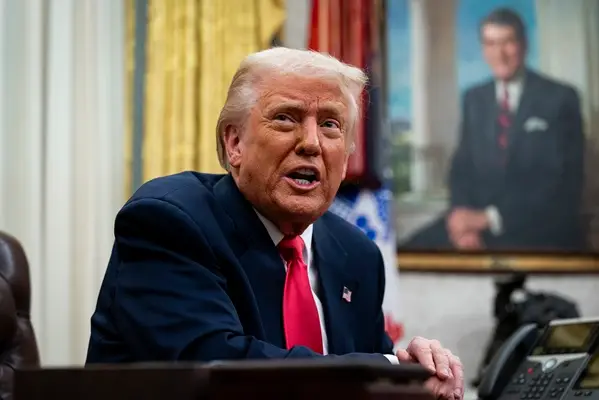The stock market could remain exposed to the downside as Trump’s shock tactics could drive it down by at least 20%, triggering a shift toward U.S. treasuries among investors.
Additionally, the rapid impact on the market and the economy could prompt the Federal Reserve to cut interest rates to alleviate the market’s concerns, allowing the U.S. to refinance its debt at very low levels.
This could provide the US government with more breathing room to implement the appropriate economic policies for stronger economic development.
At the same time, Trump’s use of tariffs could push manufacturing companies to move their operation onto American soil without deploying costly incentives or subsidies.
This in turn could have a strong impact on job creation and growth, reducing imports in the process in favour of exports.
The tariffs and the resulting global trade tensions could also force American farmers to sell more goods within US borders to avoid retaliatory measures from other nations, potentially lowering grocery prices. This strategy could also help drive the prices of key food items like eggs lower, benefitting various sectors.
At the same time, given that 94% of stocks are controlled by just 8% of the US population, a sharp market decline would primarily affect wealthy investors. This would leave the rest of the population unaffected by a stock market crash while benefiting from other measures, effectively shifting money from the rich to the broader population.
This explains Trump’s rapidly changing tariff policies, aimed at creating volatility and uncertainty. The strategy could drive investors to accept the lower returns of treasury bonds in search of stability, playing in Trump’s favour.

